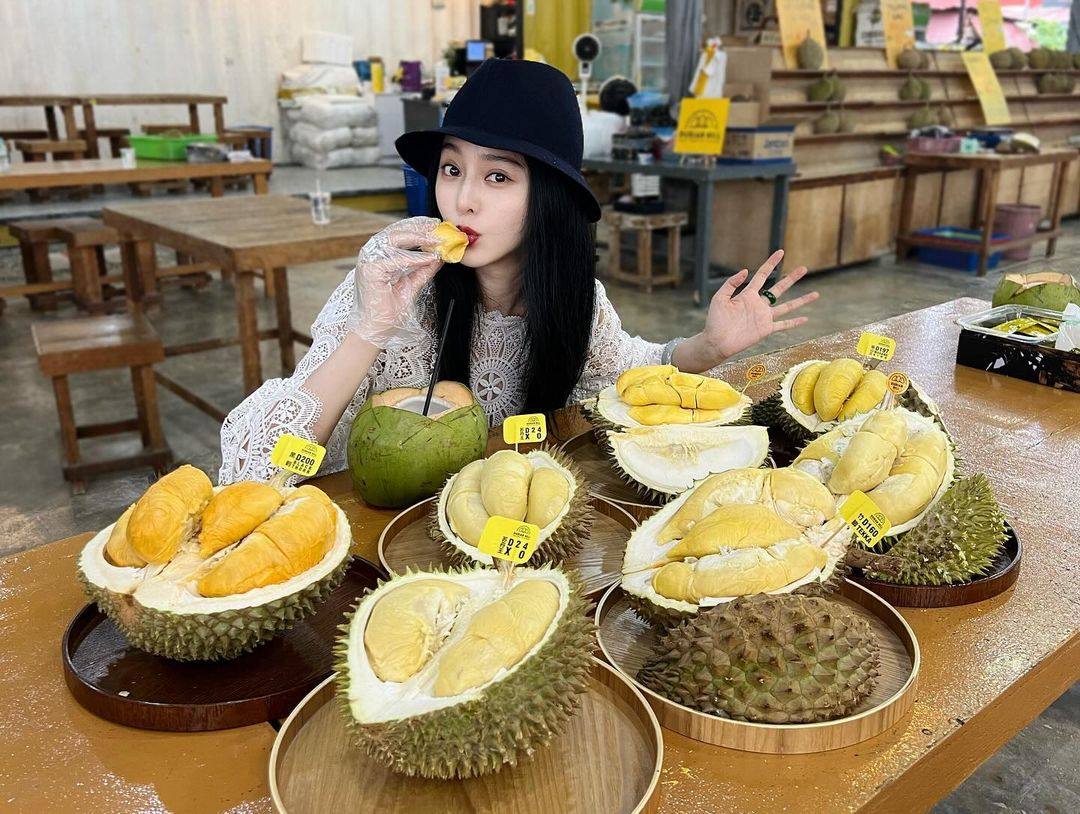Cambodia starts selling durians to China, vying to rival Thailand, Vietnam and Malaysia
The Southeast Asian nation sees juicy opportunities in the vast Chinese durian market, but first it will need to win over picky consumers

Cambodia has become the latest Southeast Asian nation to enter the lucrative Chinese durian market, where it aims to take a bite out of the market shares of leaders Thailand, Vietnam and Malaysia.
China’s General Administration of Customs began in late April allowing shipments of fresh durians from Cambodia that comply with food safety laws, after President Xi Jinping signed a broader agreement with officials in Phnom Penh earlier in the month.
But Cambodia will need to work to win over consumers in China – by far the world’s largest durian market – where fruit lovers have access to pungent, spiky durians from across Southeast Asia as well as a growing crop of home-grown options, analysts said.
“Cambodia is still building its reputation in the international market,” said Lim Chin Khee, an adviser to Durian Academy, a Malaysian institution that trains local growers. “It lacks the long-standing brand recognition of Thailand’s Monthong or Malaysia’s premium Musang King [durian varieties].”
Zhao Yu, 38-year-old based in Shanghai who is a regular durian eater, told the Post that she would first take time to “understand” the Cambodian produce before changing her shopping habits.
But some Chinese consumers are keen to try Cambodia’s Ah Khak durian variety, according to Rajiv Biswas, CEO of research firm Asia-Pacific Economics in Singapore.
“With an increasing number of (Southeast Asian) countries having met China’s phytosanitary standards, Chinese consumers have the choice of a growing range of high-quality durian varieties,” Biswas said.
Cambodian growers can produce durians comparable to those grown in Malaysia, Lim said. He noted that foreign investments and technical help in the Cambodian durian sector, particularly from China, are helping improve cultivation.
Thailand has long dominated China’s market, supplying 57 per cent of the US$6.99 billion worth of durians imported into the country last year. Vietnam was the second-largest supplier at 38 per cent, while the Philippines and Malaysia sold a combined US$38.2 million, according to Chinese customs data.
Indonesia is also preparing to start exporting durians to China, and Laotian grows are “exploring opportunities to enter the Chinese market”, the Lao News Agency reported last year.
Fresh durians sell in China for as much as 200 yuan (US$27.75) for each 6kg (13lb) fruit, with some consumers prizing the fruit so highly that they present durians as gifts during formal occasions.
Cambodian durians already have a “high market value” due to a “labour-intensive” growing process and the limited amount of land suited to cultivation available in the country, according to research published on the travel platform Adventures Cambodia.
China’s decision to allow shipments of durians from Cambodia allows it to cement ties with a Beijing-friendly but relatively low-income part of Southeast Asia, while also boosting the nation’s trade with countries other than the United States amid the trade war, analysts said.
US President Donald Trump’s repeated targeting of Chinese goods with tariffs since 2018 have “accelerated China’s efforts to diversify its trade towards Asean”, Biswas said, referring to the 10-nation Association of Southeast Asian Nations.
Asean was China’s largest trading partner – ahead of the US – during the first quarter of 2025, accounting for 16.6 per cent of the country’s total trade, according to Biswas.
Last month, Beijing and Phnom Penh agreed to “expedite” the negotiating and signing of quarantine protocols to allow Cambodian farmers to export more “quality” farm products to China, according to a joint statement issued on April 18.
Shipments of durians will help to narrow China’s US$12 billion trade surplus with Cambodia, said Carl Thayer, an emeritus professor at the University of New South Wales in Australia whose research focuses on Southeast Asia.
“It is one way, a small way, of redressing trade balances,” he said.